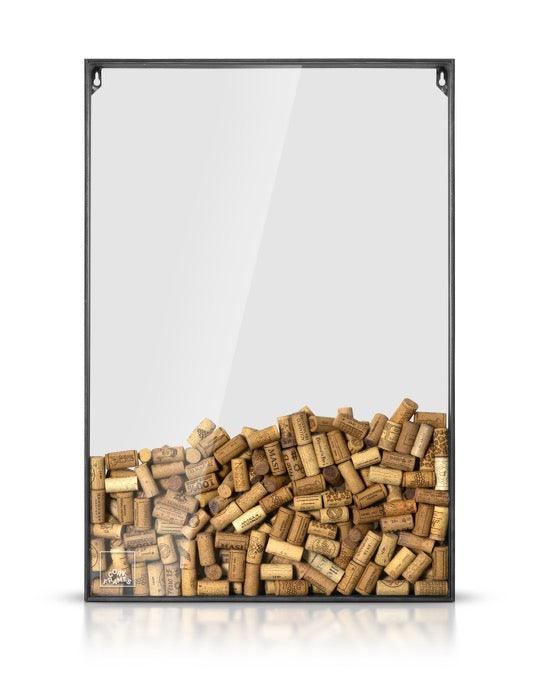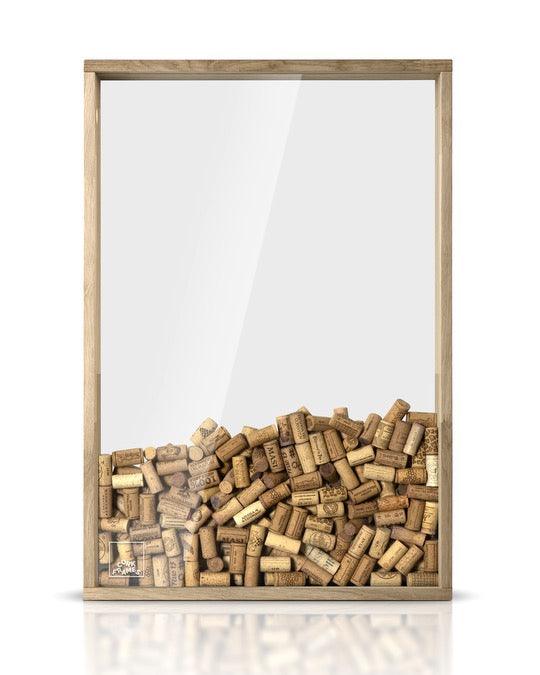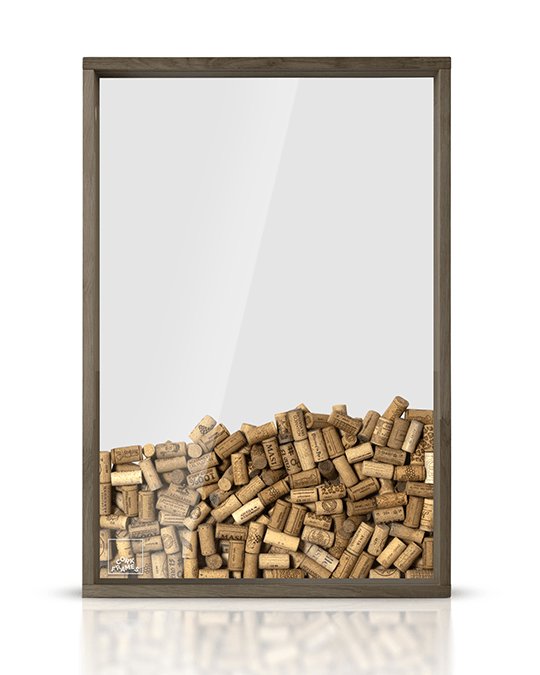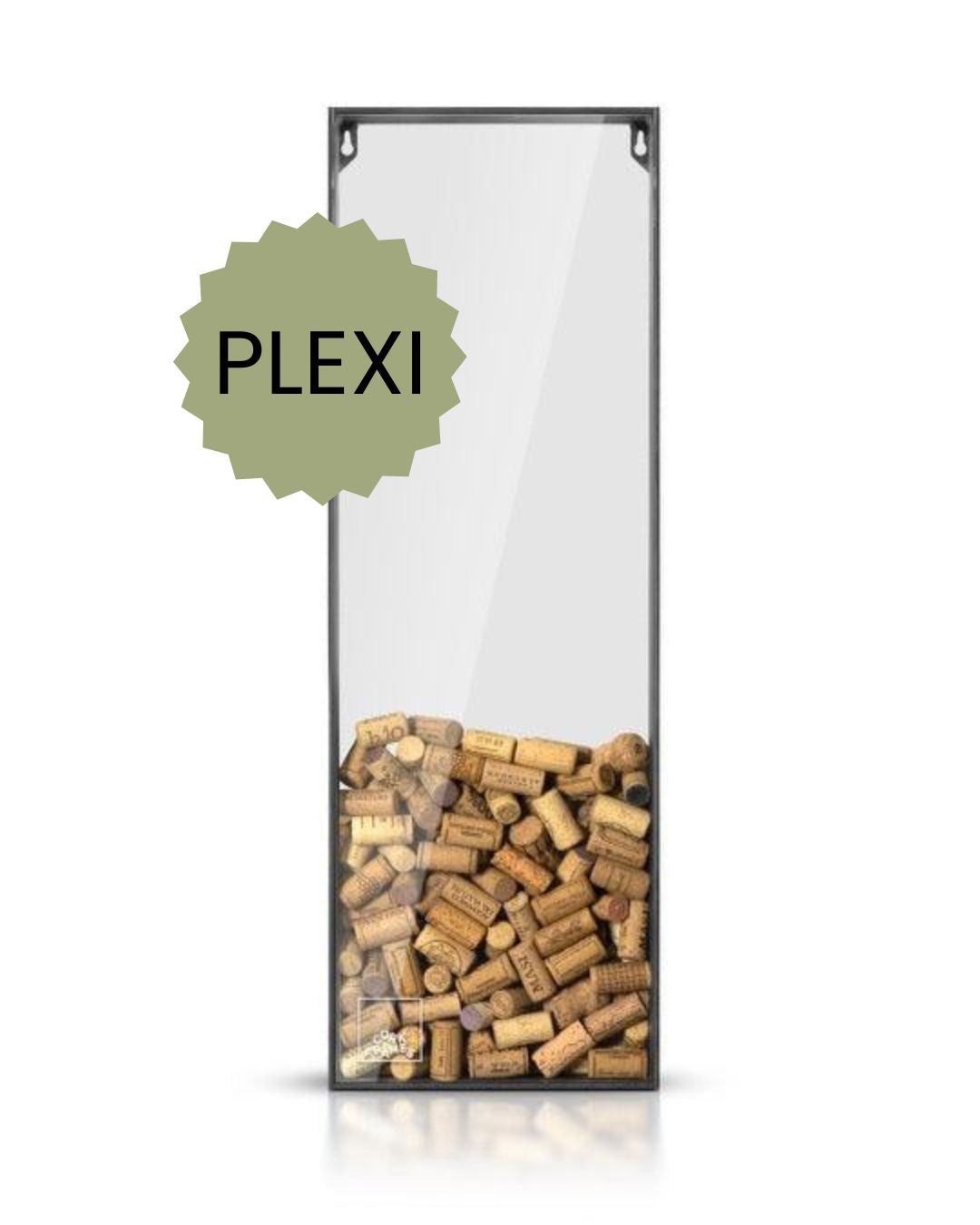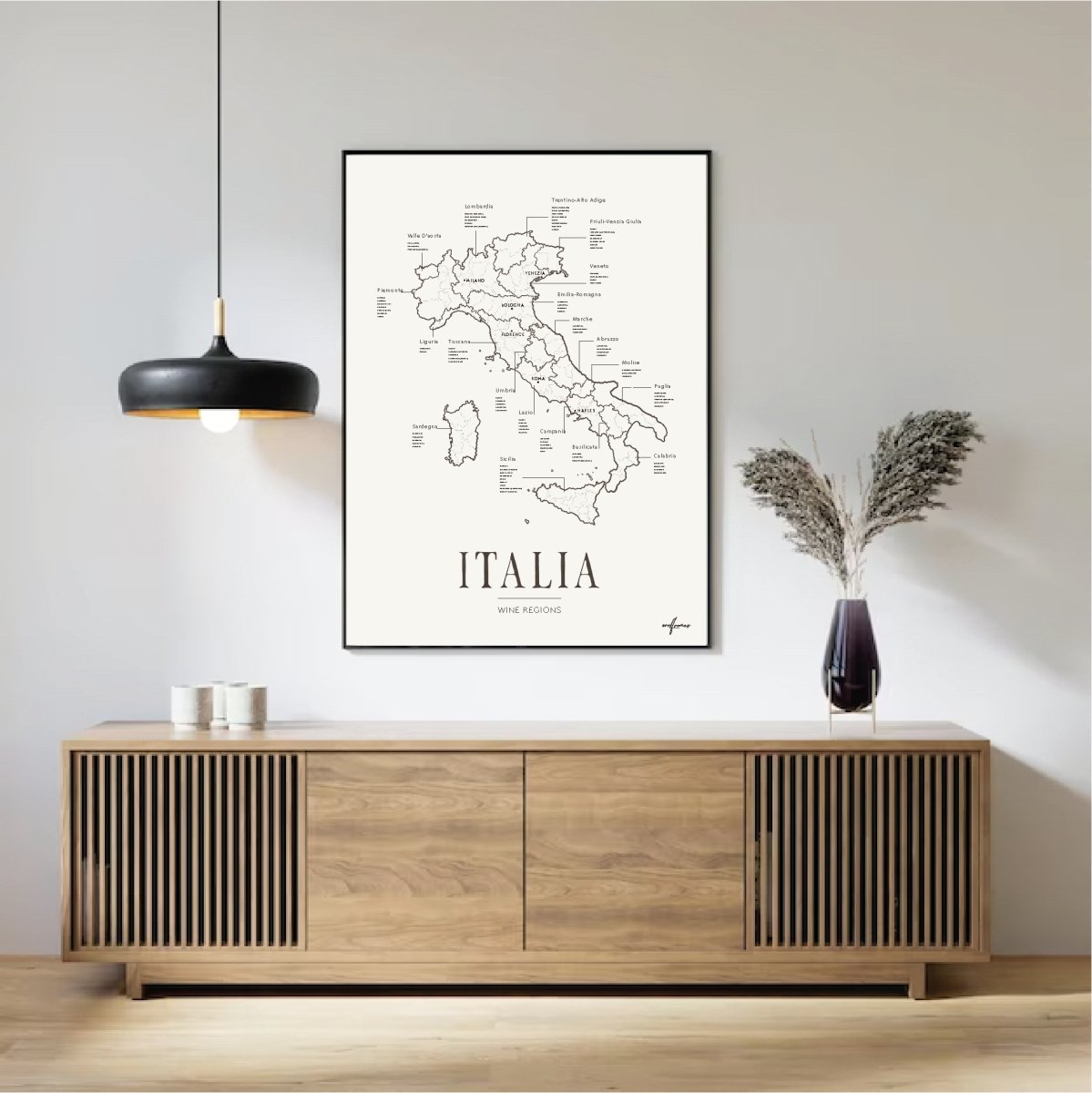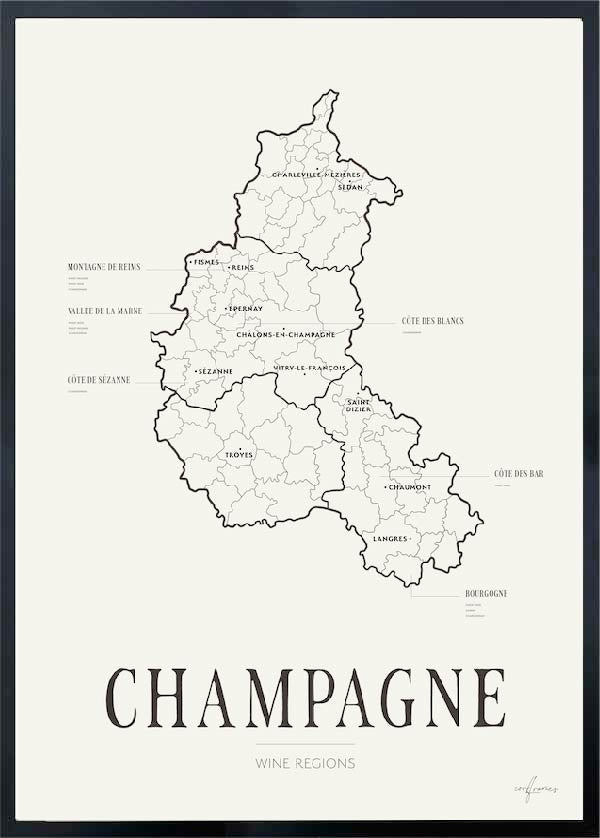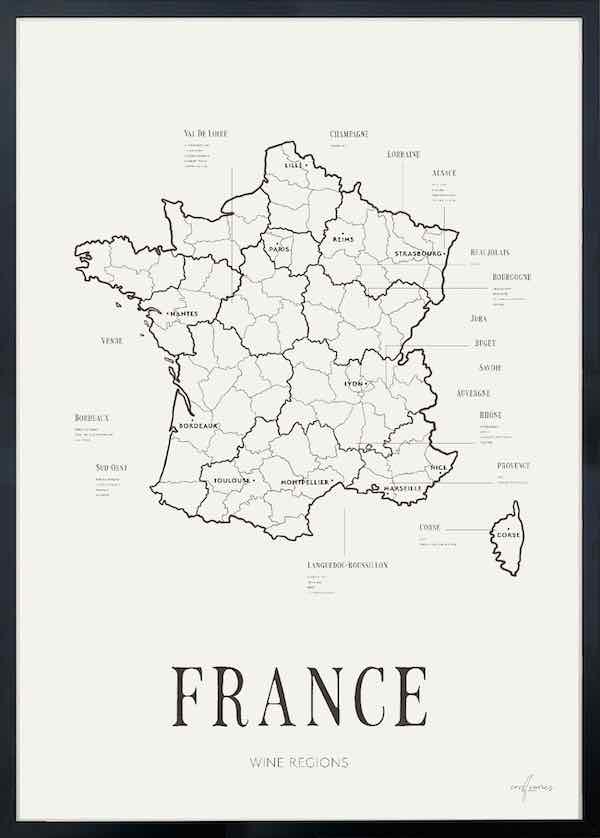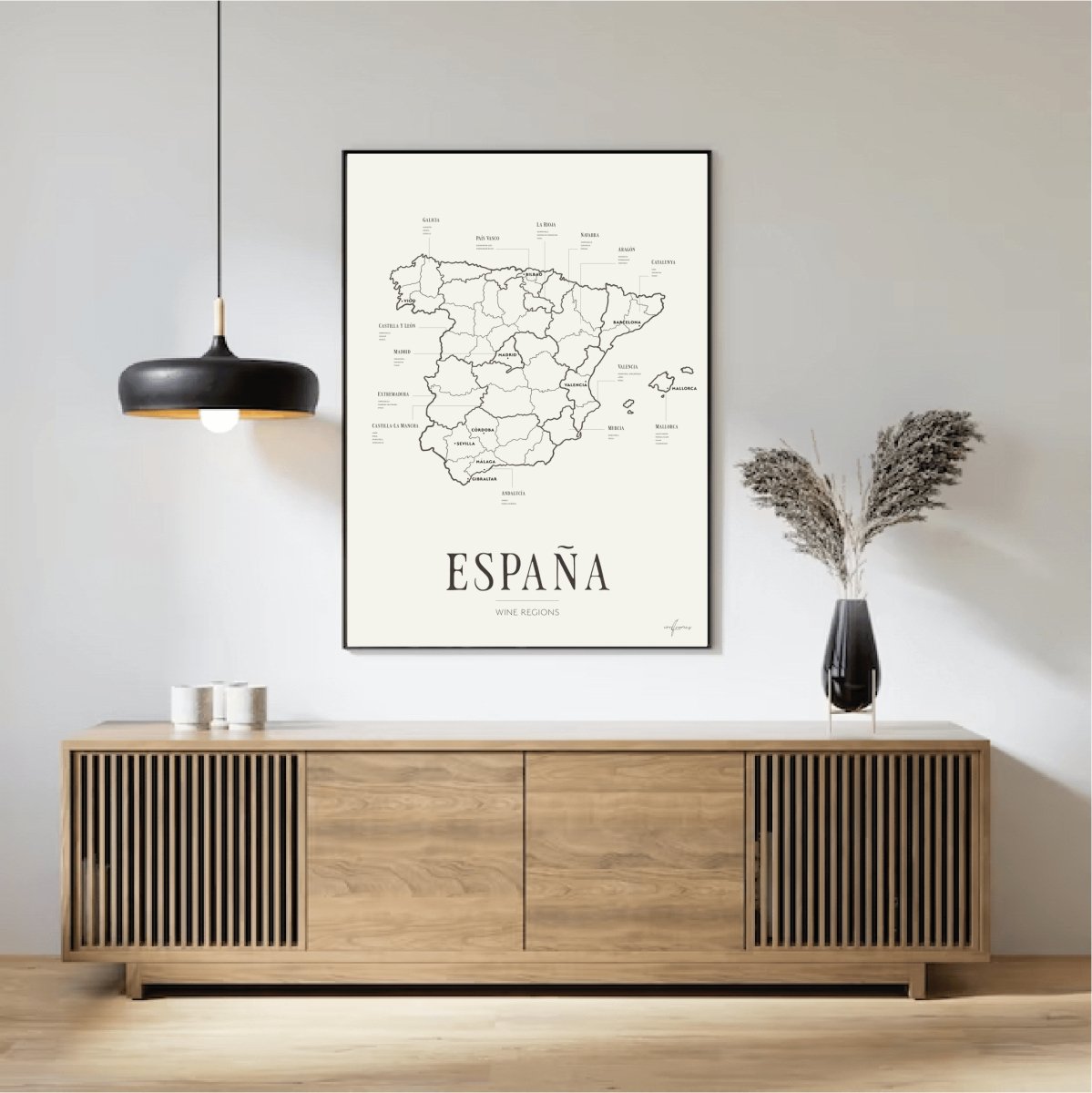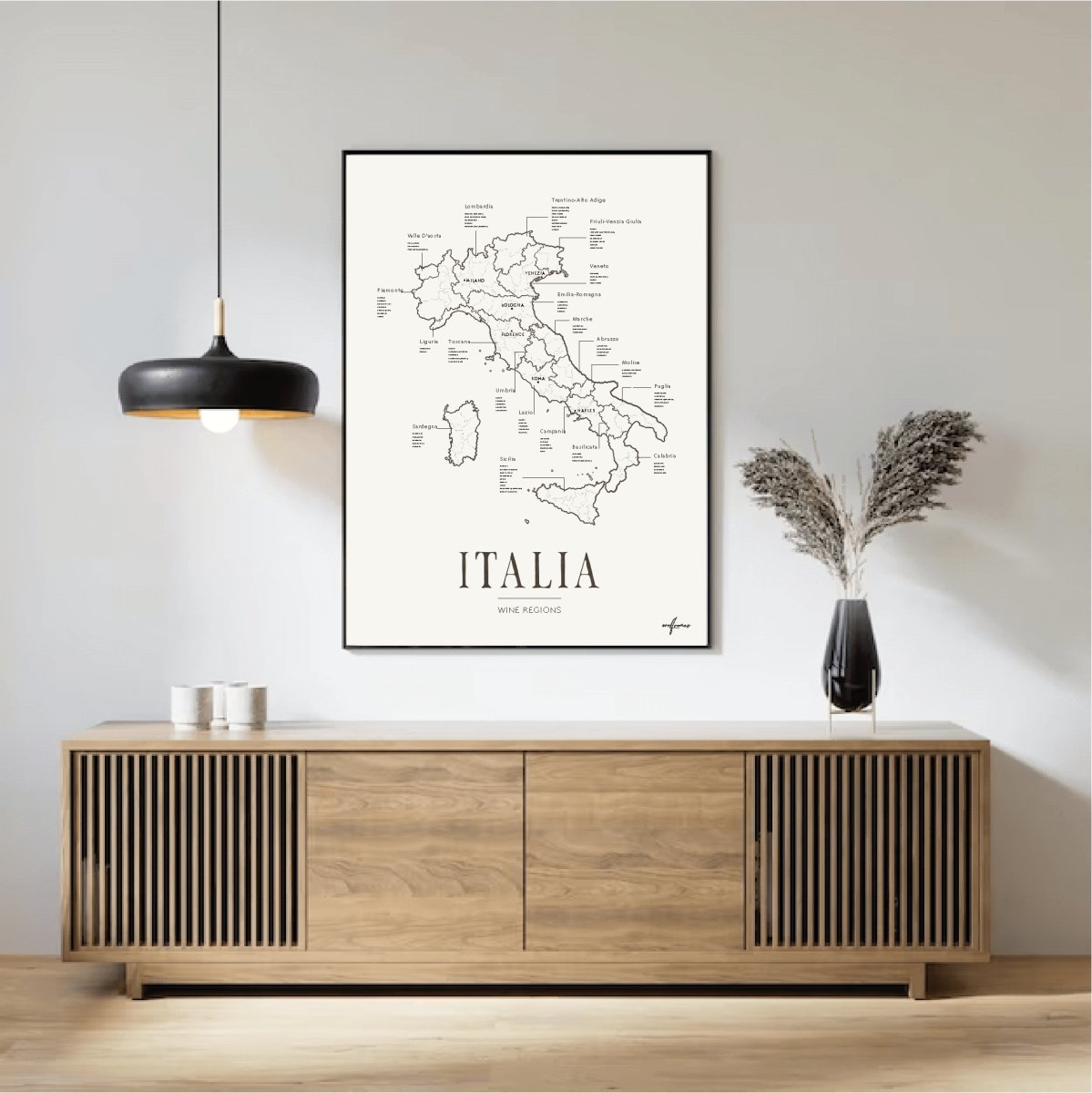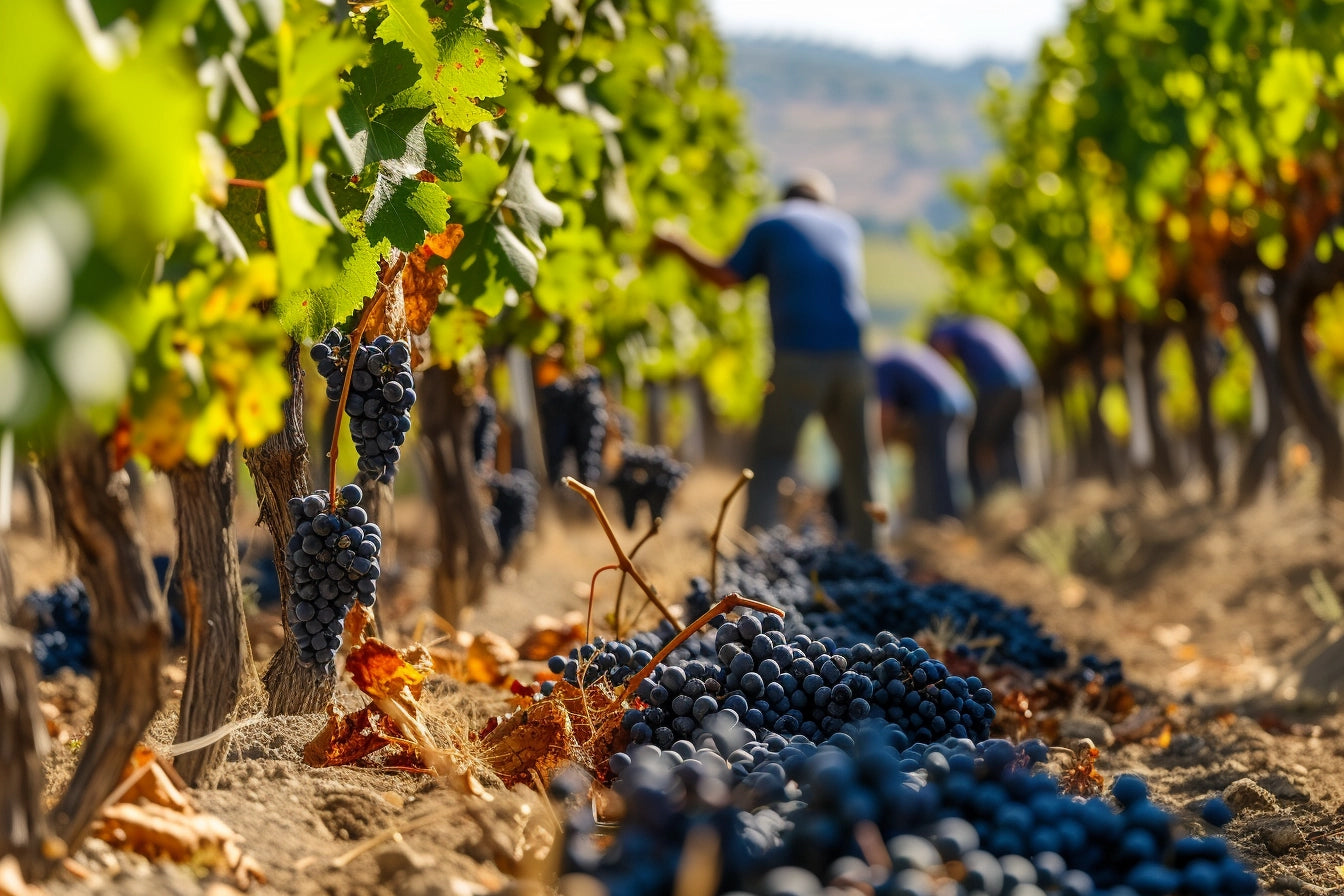When talking about American wines, most people immediately think of California—and perhaps Oregon or Washington State. But in recent years, a new player has started gaining serious attention: Texas.
Yes, you read that right. The Lone Star State is quickly establishing itself as a wine region to watch.
A Climate Similar to Southern Europe
What many don’t realize is that parts of Texas share a climate similar to classic wine regions in Southern France, Spain, and Italy. The dry, warm conditions of Texas Hill Country and the High Plains make it ideal for growing grapes like Tempranillo, Mourvèdre, Sangiovese, and Viognier—varieties that thrive in heat and in the region’s limestone-rich soil.
Rising Demand and More Producers
Over the past decade, the number of wine producers in Texas has surged. What was once a small, local scene is now a billion-dollar industry with over 400 wineries. Texas wines are appearing on wine lists far beyond the state’s borders, and both national and international wine critics are beginning to take them seriously.
A New Wine Identity Is Emerging
Texas isn’t trying to copy Napa Valley or Bordeaux. Instead, winemakers are embracing what works best in the Texan landscape, focusing on terroir and heat-resistant grape varieties. The result? Wines with real character—often bold, fruit-forward, and structured, with a certain rustic charm that pairs perfectly with local cuisine.
A Future Destination for Wine Lovers?
With scenic wine trails, rustic vineyards, and a warm welcome from passionate winemakers, Texas is quickly becoming a must-visit destination for wine enthusiasts. The Texas Hill Country has even been named one of the most beautiful wine regions in the U.S.—a perfect stop for anyone looking to discover something new and exciting off the beaten path.





